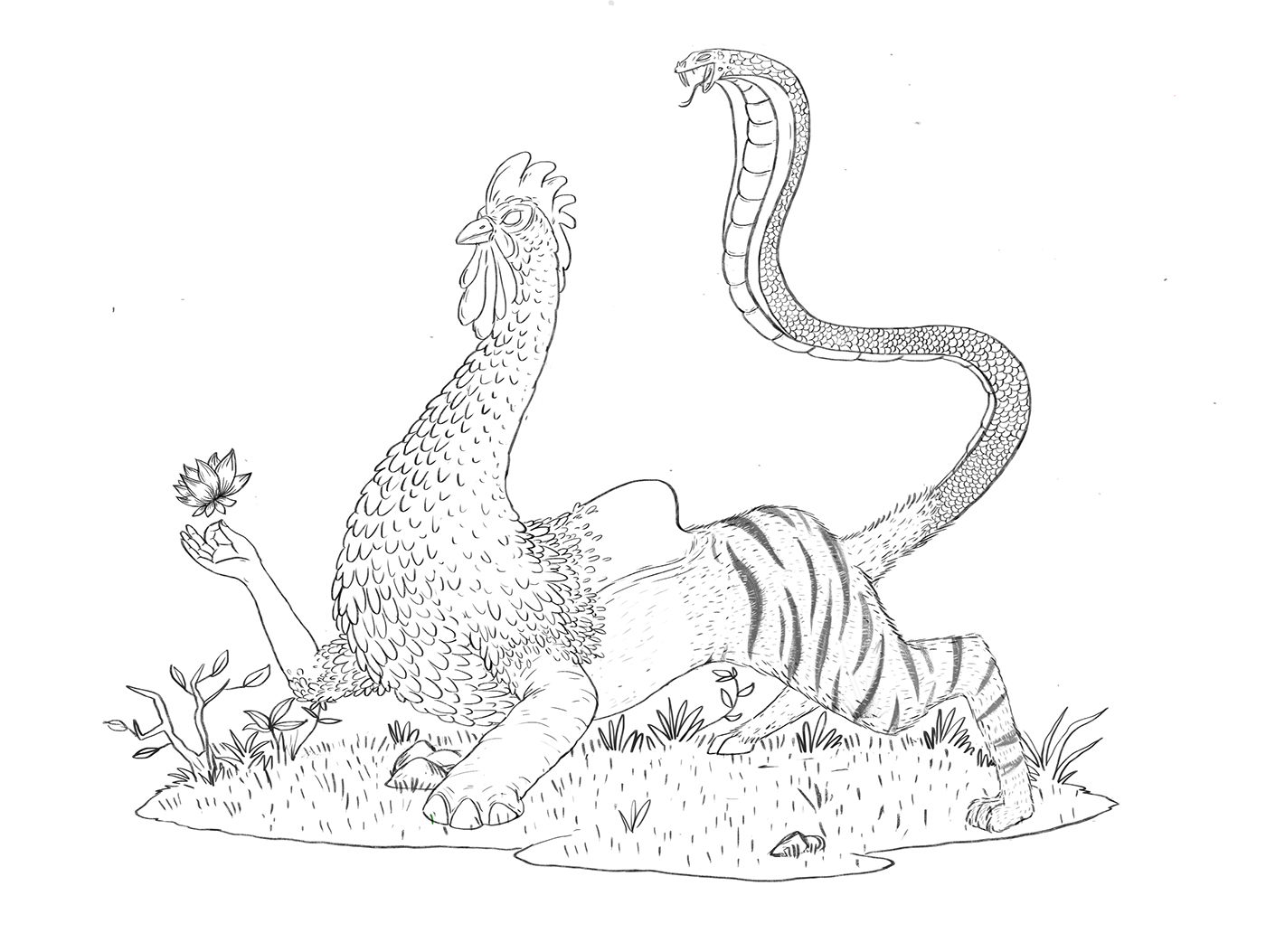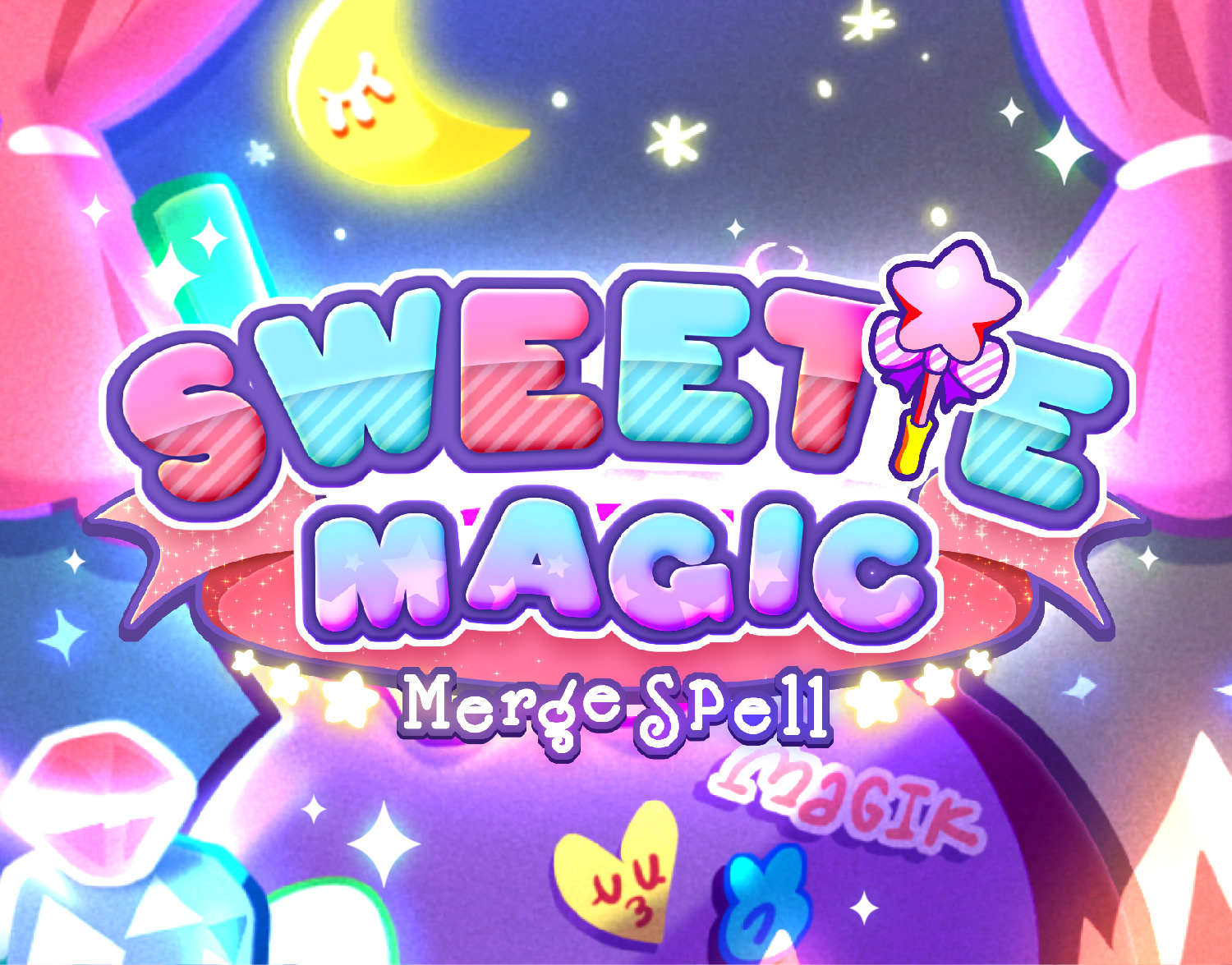
In the Hindu epic Mahabharata, Navagunjara is a creature composed of nine different animals. The animal is a common motif in the Pata-Chitra style of painting, of the Indian state of Odisha. The beast is considered a form of the Hindu god Vishnu, or of Krishna, who is considered an Avatar (incarnation) of Vishnu. It is considered a variant of the virat-rupa (Omnipresent or vast) form of Krishna, that he displays to Arjuna, as mentioned in the Bhagavad Gita, a part of the epic Mahabharata.
Line Drawing.

Color Version.

The version of the Mahabharata, written by the Odia poet Sarala Dasa, narrates the legend of Navagunjara; no other version has the story. Once, when Arjuna was doing penance on a hill, Krishna-Vishnu appears to him as Navagunjara. Navagunjara has the head of a rooster, and stands on three feet, those of an elephant, tiger and deer or horse; the fourth limb is a raised human arm carrying a lotus or a wheel. The beast has the neck of a peacock, the back or hump of a bull and the waist of a lion; the tail is a serpent. Initially, Arjuna was terrified as well as mesmerized by the strange creature and raises his bow to shoot it. Finally, Arjuna realizes that Navagunjara is a manifestation of Vishnu and drops his weapons, bowing before Navagunjara.





